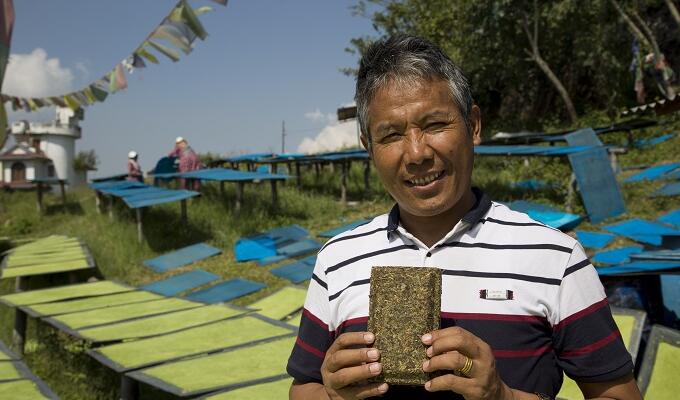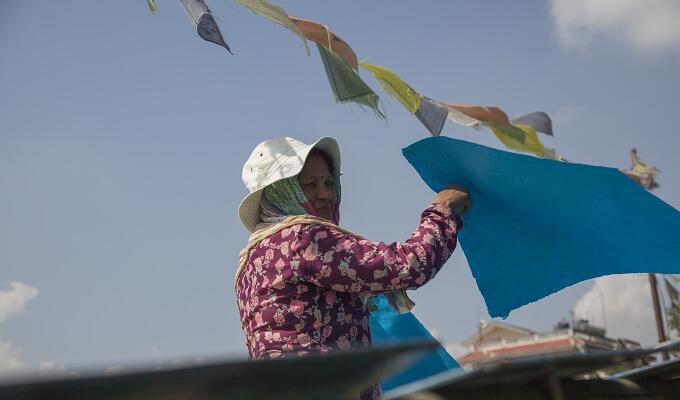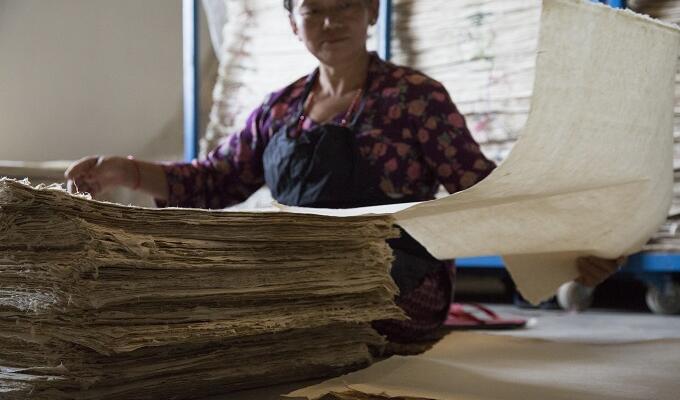


Himalayan paper tales
Growing only at very high altitudes, the Lokta plant is providing much-needed incoming in rural and urban areas in Nepal.
In October 2017, Nepal launched four National Sector Export Strategies – covering the coffee, handmade paper and paper products, large cardamom, and tea sectors – developed in partnership with the International Trade Centre and aimed at boosting export capacities and ensuring more value addition in the country.
One company intent on benefitting from the strategies is Tibetan Handicraft & Paper, a social enterprise on the outskirts of Kathmandu specialized in the production of handmade paper produced from bark of the lokta plant. Established in 1995 by three cousins – Nima Sherpa, Nimto Sherpa and Samten Lama – the company works to ensure that villagers like themselves get a maximum return from the Lokta plant, which only grows above 3,500 metres in the Nepalese Himalayas.
In addition to the cumbersome process of transporting the bark to Kathmandu, the making of Lokta paper is also laborious and time-consuming. The bark needs to stay moist for 24 hours before being cooked for another 12 hours. It is then cleaned and dried on wooden frames. After that, the paper is pressed, moisturized, dyed in a variety of colours, and then dried again. Once that is done the paper can be used for everything from screen-prints, to books and lampshades.
Having first built up a loyal customer base among their trekking contacts, the cousins behind Tibetan Handicraft & Paper today export to more than 50 customers in Australia, Europe and the United States, enabling them to employ more people – especially woman and people with disabilities – in Kathmandu and in their native Dolkha District.



